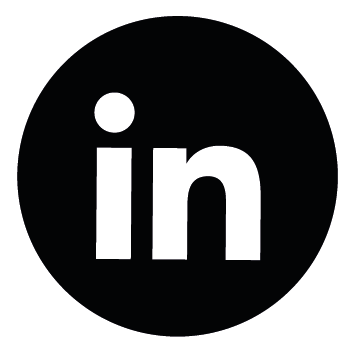No is the best advice an agency can offer. It sounds counterintuitive. When the customer is always right, why would you ever want a paid service partner to push back? Surely you want an agency who takes briefs and runs with them. Not in my experience.
People hire agencies for many reasons. They’re brought in to supply creative services, brand projects, data research and strategic plans. I’d argue though, the biggest reason to enlist an agency is to gain outside perspective and expertise. While a majority of the time agencies are likely to agree with your marketing plans, it’s far more useful when they don’t. Here’s why.
Pushing Back Takes Courage and Insight
No can be a difficult word to say. In a business that’s all about pleasing others, it takes real nerve to push back on an idea. That’s why it’s all the more impactful when a team of hired experts raise a flag.
No isn’t just out of the blue, it comes from a line of logical thinking. Whether from experience, data-led insights, or instinct, the reason experts push back is because they genuinely believe something isn’t going to work. No is part of a larger process to align goals with reality. It’s through “no” that experts communicate the anticipated gap between KPIs and the audience’s reaction, with enough notice to set expectations.
React Like a Human Being
Marketers often get lost in what they need audiences to do, forgetting the principles of human nature. Sales managers want users to convert on ads, while ignoring ads on their own feeds. Recruitment officers vent frustrations over missing form fills while skipping fields to gain access to walled content. Designers wonder why users can’t find information on the website, forgetting they had say in where it’s stored. It’s natural to be distracted by individual performance KPIs in our work, which is where hearing no can help.
Agencies can highlight when plans run contrary to human nature. As experts in their respective fields, they frequently project audience behaviours to estimate results. No is a big part of that process. For example, say you want to run a conversion campaign but you haven’t previously primed your audience with awareness messaging. An agency’s role is to remind you that customers wont buy from someone they’ve never heard of. Perhaps you want to run the same creative across parent, student, and a staff audiences. An agency will remind you the structure won’t yield strong results. No provides a moment to recall how audiences actually react, not how you want them to.
Disrupt Echo Chambers
Pushing back on plans also disrupts echo chambers.
Echo chambers are environments or ecosystems which amplify and reinforce previously held beliefs. These occur when groups are taught similar methods and principles without room for question. Many organisations accidentally foster echo chambers due to onboarding processes. From day one employees learn to follow set workflows, maintain brand guidelines and fit within existing culture dynamics. While this makes for smoother day-to-day operations and stronger brands, it can be detrimental when designing effective marketing initiatives.
Take for example campaign briefing. It’s a process which likely requires input from recruitment staff, marketing managers, and potentially lawyers. Each additional staff member double checks the request through a different lens; marketing, recruitment, finance, but all of them possess inherent bias rooted in the overall company’s point of view. When you only look at projects based on past approaches you can miss the obvious.
Hearing no from an outside partner should trigger a process of reconsideration, breaking the echo chamber of likeminded thought. It should force you to take a step back and look at the project with fresh eyes. Think, what will people outside my organisation think.
The “No, But” Principle
Ask any improv buff and they’ll tell you the word no is an absolute conversation ender. “Yes and” is the number one rule of collaboration. However, when it comes to developing impactful marketing plans, let me offer an alternative; “no, but.”
No but isn’t about denying work, rather it’s a method to challenge assumptions while offering alternatives. For example, say you have a budget of £1,000 and want to make as big an impact as possible. Your brief states you want global reach across multiple channels for a six-month timeline. Any seasoned agency will tell you this campaign is doomed to fail. Instead of rejecting the brief altogether, let’s run the “no, but” principle.
No you can’t run multiple channels, but you can run multiple formats on the channel with the strongest audience. Don’t target every nation, but you can pick one or two areas to focus on. No you can’t run for six months with a daily add spend of £5, but you can have a two-week push.
In other words, no but doesn’t end campaigns, it strengthens and shapes them. It’s about refining existing ideas into more realistic and successful ones.
Reframing No As a Helpful Term
While hearing no can feel like unnecessary conflict, it always presents opportunity. Agency partners have the same vested interest in the success of your campaigns. No is our way of showing we can. It’s a blessing in disguise, a chance to correct course. No might not be an easy thing to hear, but in the end, I’d be far more sceptical of yes.









